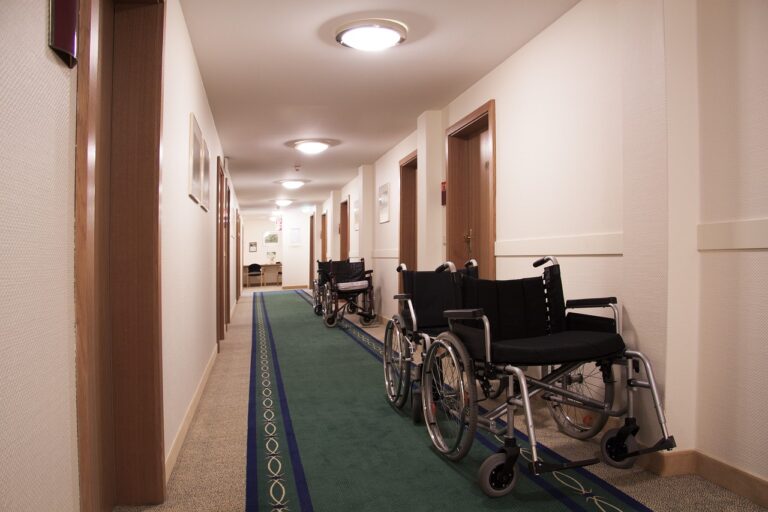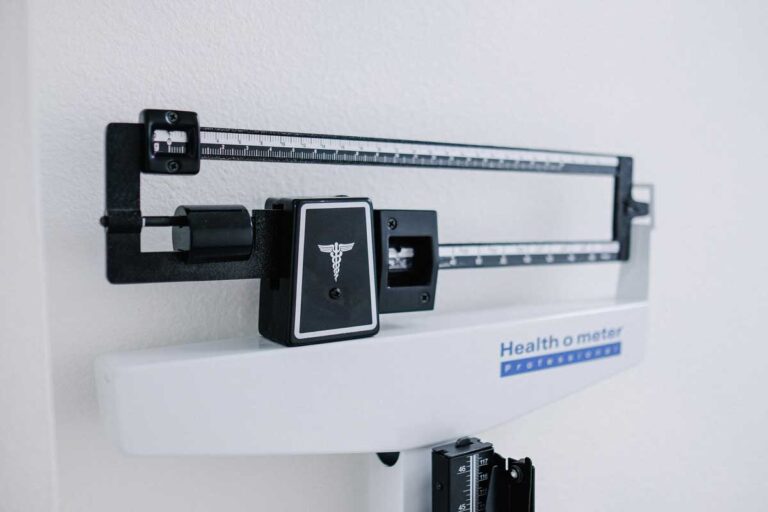When it comes to transporting bariatric patients, having the right vehicle can make all the difference in providing safe and comfortable care. From weight capacity to accessibility features, there are several factors to consider when selecting a bariatric transport vehicle. Learn what to prioritize to ensure the best possible experience for both patients and caregivers.
Weight Capacity and Durability.
One of the most important features to consider when selecting a bariatric transport vehicle is weight capacity and durability. Bariatric patients require vehicles that can safely support their weight, so it’s important to choose a vehicle with a high weight capacity. Additionally, the vehicle should be durable enough to withstand the wear and tear of frequent use. Look for vehicles made with high-quality materials and sturdy construction to ensure they can handle the demands of transporting bariatric patients.
Accessibility and Ease of Use.
Another important feature to consider when selecting a bariatric transport vehicle is accessibility and ease of use. Bariatric patients may have mobility limitations, so it’s important to choose a vehicle that is easy to enter and exit. Look for vehicles with wide doors, low entry points, and sturdy ramps or lifts. Additionally, the vehicle should be easy to operate, with intuitive controls and a comfortable seating arrangement for both the patient and the driver.
Safety Features and Equipment.
Safety should be a top priority when selecting a bariatric transport vehicle. Look for vehicles that have safety features such as airbags, anti-lock brakes, and stability control. Additionally, the vehicle should be equipped with the necessary equipment to safely transport bariatric patients, such as heavy-duty stretcher systems, secure tie-downs, and oxygen tanks. It’s important to ensure that the vehicle meets all safety regulations and standards for transporting bariatric patients.
Comfort and Support for Patients.
In addition to safety features, it’s important to prioritize comfort and support for bariatric patients when selecting a transport vehicle. Look for vehicles that have spacious interiors, comfortable seating, and adjustable features to accommodate different body types and sizes. The vehicle should also have adequate ventilation and temperature control to ensure the patient’s comfort during transport. Additionally, consider features such as noise reduction and smooth suspension to minimize discomfort and stress for the patient.
Maneuverability and Size.
When selecting a bariatric transport vehicle, it’s important to consider the maneuverability and size of the vehicle. The vehicle should be able to navigate through tight spaces and narrow hallways, as well as fit into standard parking spaces. Look for vehicles with a tight turning radius and adjustable mirrors to aid in maneuverability. Additionally, consider the size of the vehicle in relation to the patient’s needs. A larger vehicle may be necessary for patients with mobility aids or medical equipment, while a smaller vehicle may be more appropriate for shorter trips or less complex patient needs.




